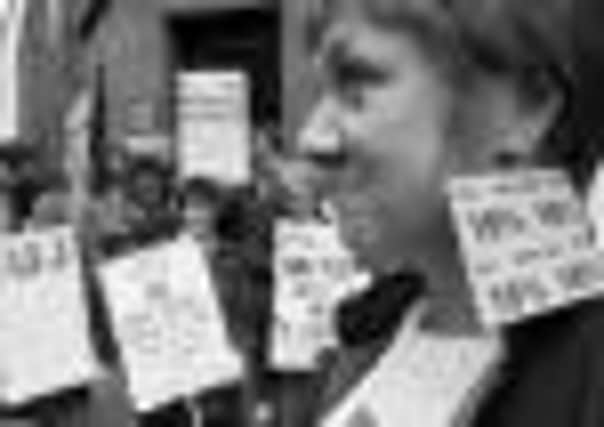Nostalgia: Fuelling mood of unrest


This week it was the turn of tanker drivers threatening a three-day strike at Grangemouth over pay and pensions, prompting bosses at Edinburgh Airport to plan for a possible fuel shortage.
This will be far from the first time such strikes have caused chaos in the Capital.
Advertisement
Hide AdAdvertisement
Hide AdThe 1970s saw queues of traffic at petrol stations across the Capital following a strike at the Grangemouth refinery in 1974, and also saw miners march along Princes Street during the miners’ strike of January 1972.


This week also saw BBC journalists and members of the National Union of Journalists (NUJ) mount picket lines in protest against compulsory redundancies across the UK.
BBC staff are also not strangers to resorting to strike action when necessary. Back in April 1989, BBC Scotland news desk secretary Dot Gregor was pictured wearing “NUJ 16 per cent” earrings on a pay demonstration in Thistle Street.
As with many places in the UK, the Capital saw plenty of strike action in the 1980s. In November 1987, bin men went out on a four-day strike over conditions at a rubbish dump. Piles of rubbish were left to build up on the Capital’s streets, including Leith Walk, as a result of the industrial action.
The 1980s also saw strikes by the Confederation of Shipbuilding Unions over the closure of the Henry Robb shipyard in Leith. Workers staged an occupation of the premises in January 1984 – less than 48 hours after British Shipbuilders announced its closure – as part of a fight to save it.